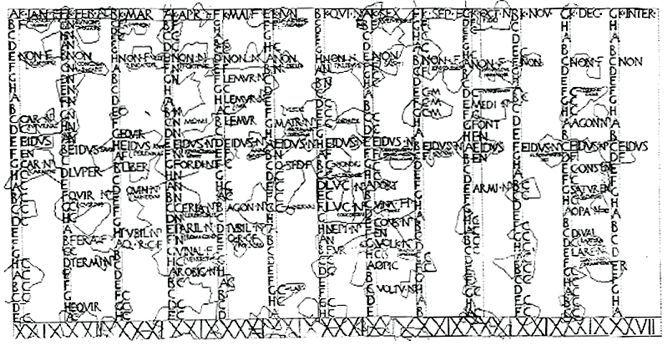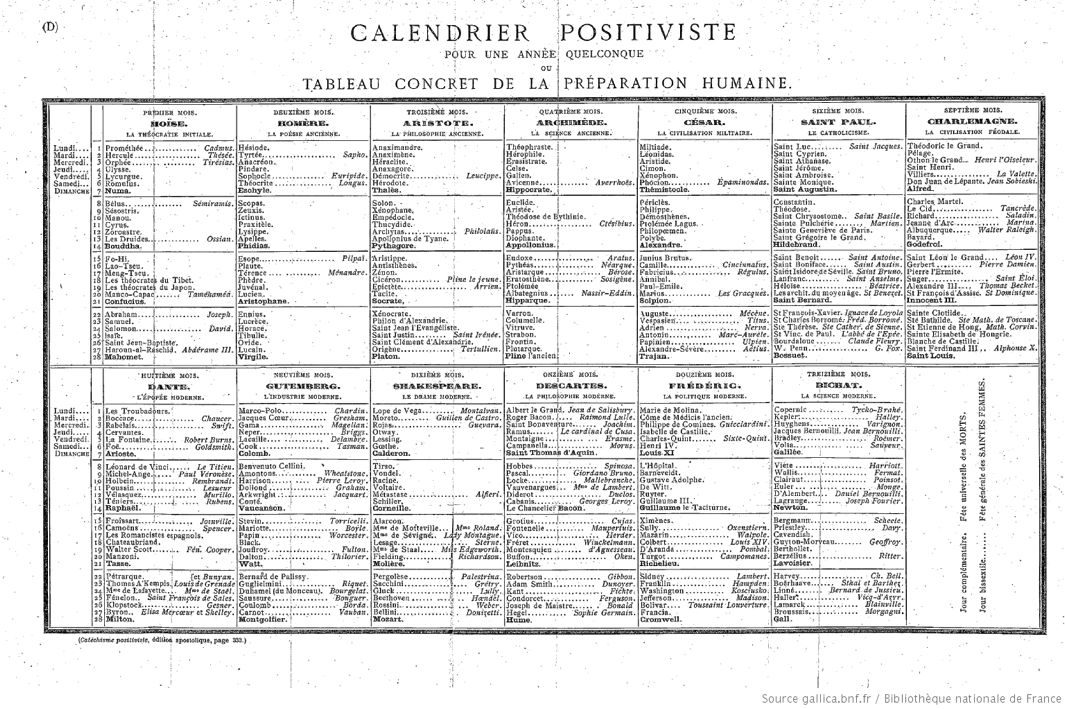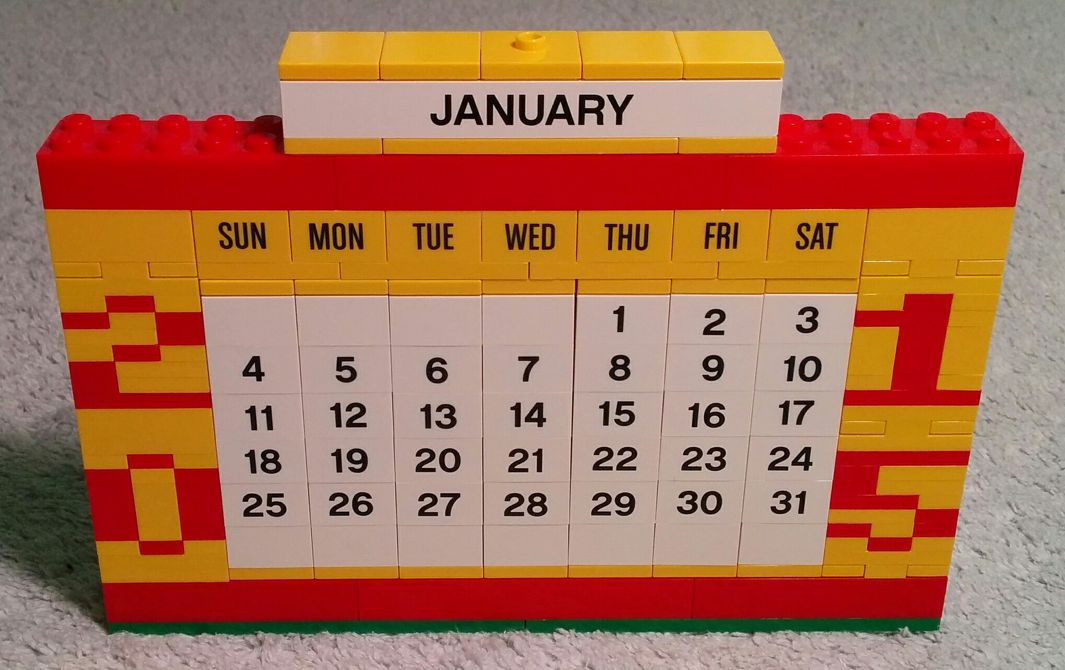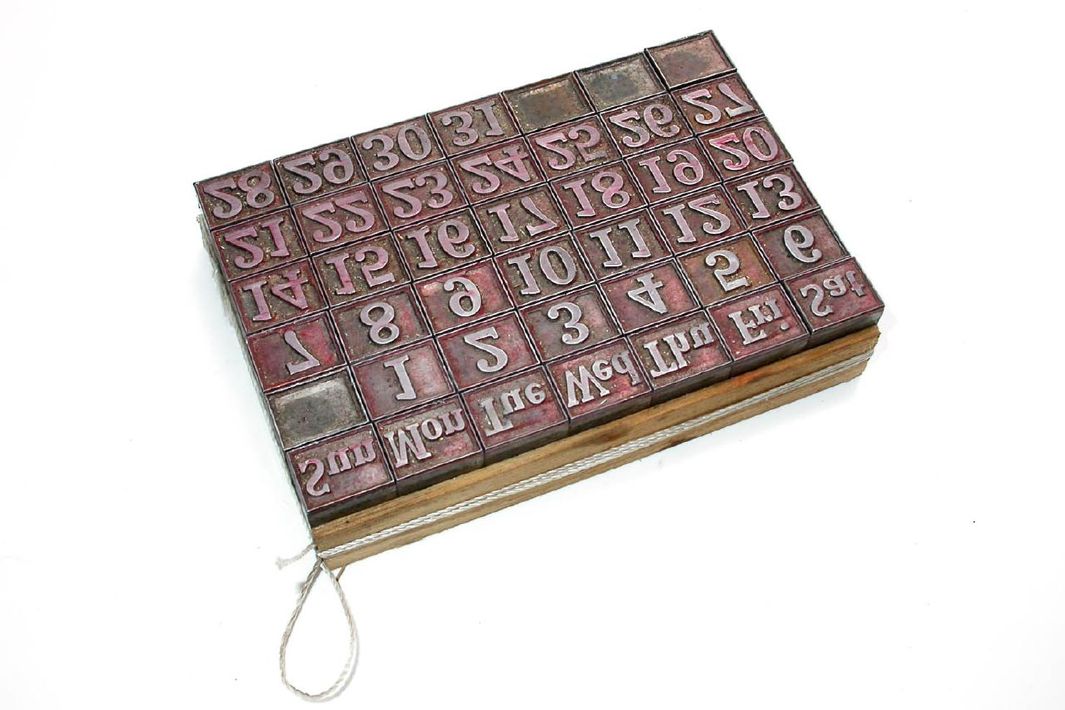“Year Day,” 10-Day Weeks, and Other Failed Attempts to Redesign the Calendar

Courtesy of Dafne Cholet/Flickr
Roman Mars’ podcast 99% Invisible covers design questions large and small, from his fascination with rebar to the history of slot machines to the great Los Angeles Red Car conspiracy. Here at The Eye, we cross-post new episodes and host excerpts from the 99% Invisible blog, which offers complementary visuals for each episode.
This week's edition—about the calendar—can be played below. Or keep reading to learn more.
A month is hardly a unit of measurement. It can start on any day of the week and last anywhere from 28 to 31 days. Sometimes a month is four weeks long, sometimes five, sometimes six. You have to buy a new calendar with new dates every single year. It’s a strange design.
The calendar that the world uses right now is mostly a combination of the Roman lunar calendar and the Egyptian solar calendar, a product of the love affair between Caesar and Cleopatra. She was 21, and he was 52, and when they got together, they did what lovers do: discuss the true nature of the Earth’s rotation.
The Egyptians had already discovered that the year is roughly 365 days long because of the Nile River. Egyptians had “Nilometers,” structures that went into the Nile that could predict the seasons, thanks to the Nile’s tendency to flood to the same height at virtually the same day every year.
The Egyptians also figured out that the year isn’t always exactly 365 days, so they added an extra day every four years, just to make sure the calendar year matched up with the seasons. In other words, they invented the leap year.
This was all fantastic news to Caesar, because he had a feeling that the Roman calendar wasn’t quite right. At that time, the Roman calendar year, which was based on the phases of the moon, was only 354 days long.

Courtesy of Wikimedia Commons
The Julian calendar, which added the 11 missing days and put a leap day in February, was instituted throughout the Roman Empire. Still, the Julian calendar was about 11 minutes and 14 seconds off each year. These minutes added up to lost days and then an entire lost week.
By 1582, Pope Gregory XIII finally realized that everyone was worshiping all the original holy days on the wrong dates. He made a few adjustments to realign the year with the seasons and created the Gregorian calendar, which is what’s on your wall or your phone.
Now we basically live with the Gregorian calendar and don’t question it. However, throughout history there have been a number of attempts to redesign the calendar.
One calendar redesign came after the French Revolution; revolutionaries decreed the first year of the revolution as year 1, and they made the week 10 days long. This calendar endured for more than a decade, lasting until Napoleon crowned himself emperor.
In 1849, another Frenchman, Auguste Comte, created the so-called Positivist calendar, which reorganized the months and renamed them after great men of history (Moses, Homer, Aristotle, and others).

Courtesy of BNF
The Positivist calendar didn’t take off. But there was another radical attempt at calendar reform that did.
Moses B. Cotsworth worked the books for the British railway, and the wonky, weirdly divided Gregorian calendar was making his job difficult. In 1902, Cotsworth presented a design for a calendar of 13 months where every month was exactly 28 days. No more, no less. Four perfect weeks.
This meant the dates were all standardized as well. Regardless of the month, the fifth day was a Thursday, the first was always a Sunday, and the 10th was always a Tuesday. There would be a Friday the 13th every single month—clearly, rational railway workers were not superstitious.
All the month names would stay the same, and an additional 28-day month would fall between June and July. This additional month would be called “Sol,” standing for the month when the summer solstice occurs. Leap day would be added to the end of Sol, not February, so every four years, Sol would have 29 days.

Courtesy of Bill Ward/Flickr
But 13 months of 28 days makes for 364 days in a year. So to make it 365, Cotsworth added a new holiday after Dec. 28—”Year Day,” a floating day that wasn’t part of any month. It would be a global sabbath.
Aside from Year Day, all other vacations would be moved to a Monday. All holidays would be three-day weekends.
Cotsworth toured the United States giving talks about his calendar’s myriad benefits, but he couldn’t find many takers. He did manage to attract the interest of one of the wealthiest and most successful men of that time: George Eastman, the founder of Kodak.
Eastman took it upon himself to promote Cotsworth’s calendar design. He started a calendar league headquarters in Rochester, New York, in Kodak’s office. There they published and printed different fliers to hand out to local businesses and actually persuaded a few local businesses to switch to a 13-month calendar. Including, of course, Eastman’s own company, Kodak.
The Eastman Kodak company adopted the 13-month calendar in 1924 and continued to use it until 1989. The 13-month calendar was in use for 65 years.

Courtesy of John Nuttall/Flickr
However, within Kodak, Eastman couldn’t fully institute the 13-month calendar in its truest form. Kodak employees didn’t observe Sol or Year Day or change every holiday to a Monday. It used the calendar the way that some bankers work in quarters or some schools function in semesters: Kodak’s internal schedule was organized into 13 “periods,” labeled Period 1 to Period 13. It used the 13-month calendar as an organizational tool for planning finances and production schedules, but employees still lived their lives on the Gregorian calendar.
Eastman knew that if he wanted to truly standardize the calendar, Kodak couldn’t do it alone. He would have to persuade the rest of the world to make the switch. Eastman and Cotsworth presented the calendar to various committees in Congress, and calendar reform became an actual issue of debate for the League of Nations, the precursor to the U.N. At one point the League of Nations was considering 185 different calendar redesigns, and Cotsworth and Eastman’s proposal was one of a few finalists.
Even after Eastman passed away in 1932, the League of Nations continued discussing calendar redesign, but it couldn’t come to a consensus before Hitler and World War II made the project of redesigning the calendar thoroughly unimportant, and the League of Nations folded.
We haven’t really considered calendar reform since. But there’s no reason we can’t take our vacations in Sol and celebrate Year Day.
To learn more, check out the 99% Invisible post or listen to the show.
99% Invisible is distributed by PRX.
